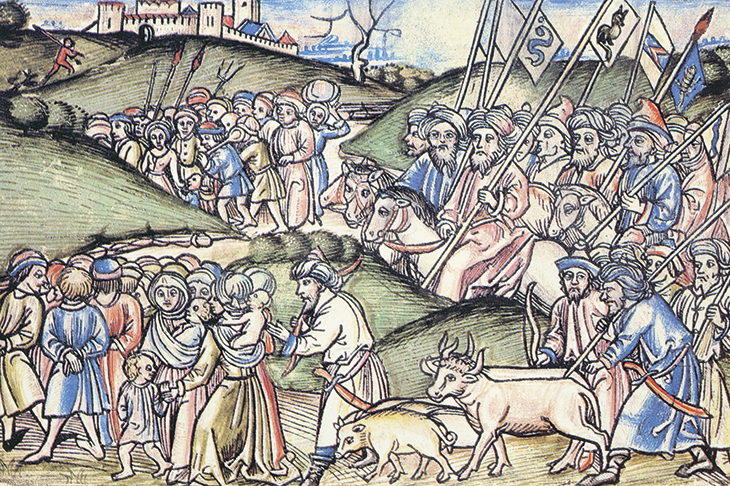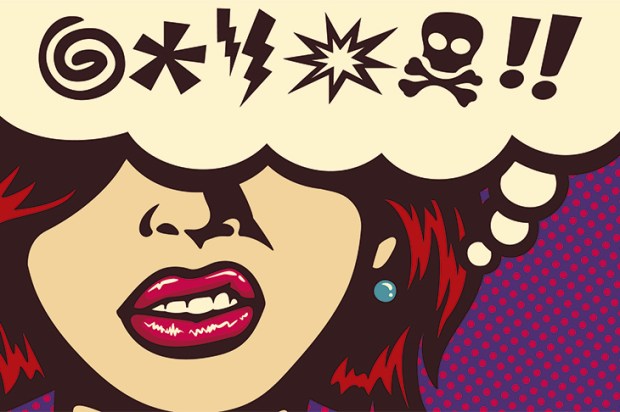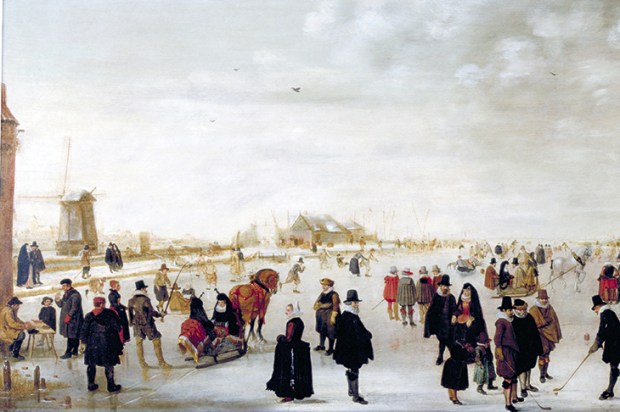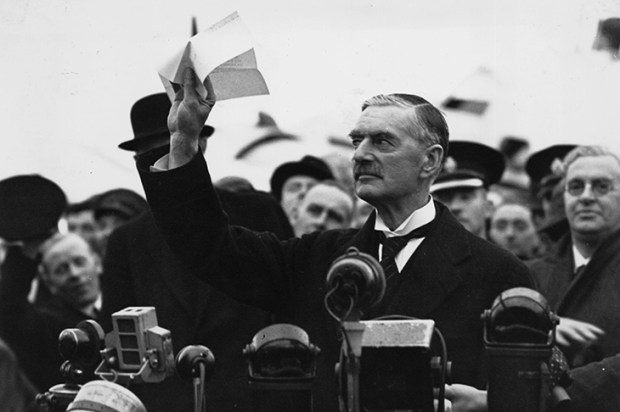Say what you like about the efficiency of the Kindle, one day we’re going to wake up and miss the lizards. Among the many lost methods of making an illuminated book in the pioneering days of Renaissance printing, the way we once obtained powdered gold may be the most lamented: ‘In a pot place nine lizards in the milk, put on the cover, and bury it in damp earth. Make sure the lizards have air so they do not die.’ By the seventh day, ‘the lizards will have eaten the brass… and their strong poison will have compelled the brass to turn to gold.’
The design consultant John Boardley quotes this early recipe with relish, and is equally enthusiastic about many other arcane techniques employed as book production liberated itself from the tight hands of monkish scribes and copyists to the revolutionary flat-bed printing presses of the late 15th century.
His survey takes in the printing of the first atlas and musical scores, alongside the first frontispiece and children’s books. There is plenty about the gold-rush establishment of the first unregulated printers (Erasmus noted that it was initially easier to become a printer than a baker.) But the book begins with that most elemental and radical innovation, the painstaking hand-carving (or ‘punchcutting’) of the earliest 120-piece metal alphabets, a process taking between one and four months, a skill accounting for an incalculable measure of ruined eyes and backs. And that was just the start, before all the other weeks of justifying, tempering and casting. Only then could the gargantuan task of setting this gothic font in page blocks begin: the printing of Gutenberg’s 42-line Bible of the 1450s required at least 100,000 pieces of type.
Inevitably, Gutenberg’s process lies at the heart of this guide to the extraordinary breakthroughs that transformed printing into a booming and piratical business. Readers will also encounter other distantly familiar figures, including Nicolaus Jenson (the French engraver responsible for rapid advances in legible Roman type), Aldo Manutius (the printer who brought forth italics) and William Caxton (publisher of the first book in English, circa 1473, a bestseller of its day and only of its day, Recuyell of the historyes of Troye).
But there is another less celebrated champion credited by Boardley with more innovations than any other. Step forward the German Erhard Ratdolt, printer of the first decorated title-page, some of the earliest multicoloured pages and printed diagrams, the flowery ornament known as the fleuron, and, in 1486, what was probably the first printer’s ‘specimen’. This was a sheet displaying 14 different Gothic, Roman and Greek typefaces, both a proof of Ratdolt’s expertise and evidence of how far the possibilities of printing and reading had developed in just 40 years.
Boardley’s attempt to locate the ‘first’ of each typographic and printing advance is necessarily gimmicky, a Guinness Book of Records for the incunabula set. He acknowledges the pitfalls of this approach, and provides frequent caveats (Gutenberg’s Bible, for example, wasn’t the first printed book, but the first ‘substantial’ example). But it all makes for a highly engaging account of what could so easily be a bone-dry history.
The section on printers’ marks, for example, explores a mysterious area with mischief and gusto. This was a form of inky Kitemark that distinguished one printer from another, often in the style of an elaborate heraldic device concealing a cryptic pun on the printer’s name. The most famous — a long, skinny dolphin wrapped around an anchor — belonged to Aldus Manutius, but, far from providing some sort of protection against counterfeiters, was itself the subject of a knock-off. Writing of this unworthy competitor, Aldus’s partner Andreas Torresanus noted that ‘any person who is the least acquainted with the books of our production, cannot fail to observe that this is an impudent fraud. For the head of the dolphin is turned to the left, whereas that of ours is well known to be turned to the right’.
This was typical. These early days of commercial printing emerge as an extraordinary saga of piracy and fraud. Typeface design and new printing techniques received little or no copyright protection, accounting for the rapid establishment of more than 1,000 presses in about 300 towns and cities in just 50 years. Who benefitted? We did, the readers. Knowledge had never been so widely available, nor the dissemination of ideas so dangerous. The printing of Bibles and indulgences would soon give way to the instructive and the political, just as the scholarly volume would be joined by the broadside.
Purists will need to know that, after all these years, Boardley’s richly illustrated book was typeset in DTL Elzevier and National, and printed and bound in China on 157gsm Chinese Hua Pia Sun matt art FSC paper. It looks superb; imagine if a book like this didn’t.
Got something to add? Join the discussion and comment below.
Get 10 issues for just $10
Subscribe to The Spectator Australia today for the next 10 magazine issues, plus full online access, for just $10.
You might disagree with half of it, but you’ll enjoy reading all of it. Try your first month for free, then just $2 a week for the remainder of your first year.














Comments
Don't miss out
Join the conversation with other Spectator Australia readers. Subscribe to leave a comment.
SUBSCRIBEAlready a subscriber? Log in